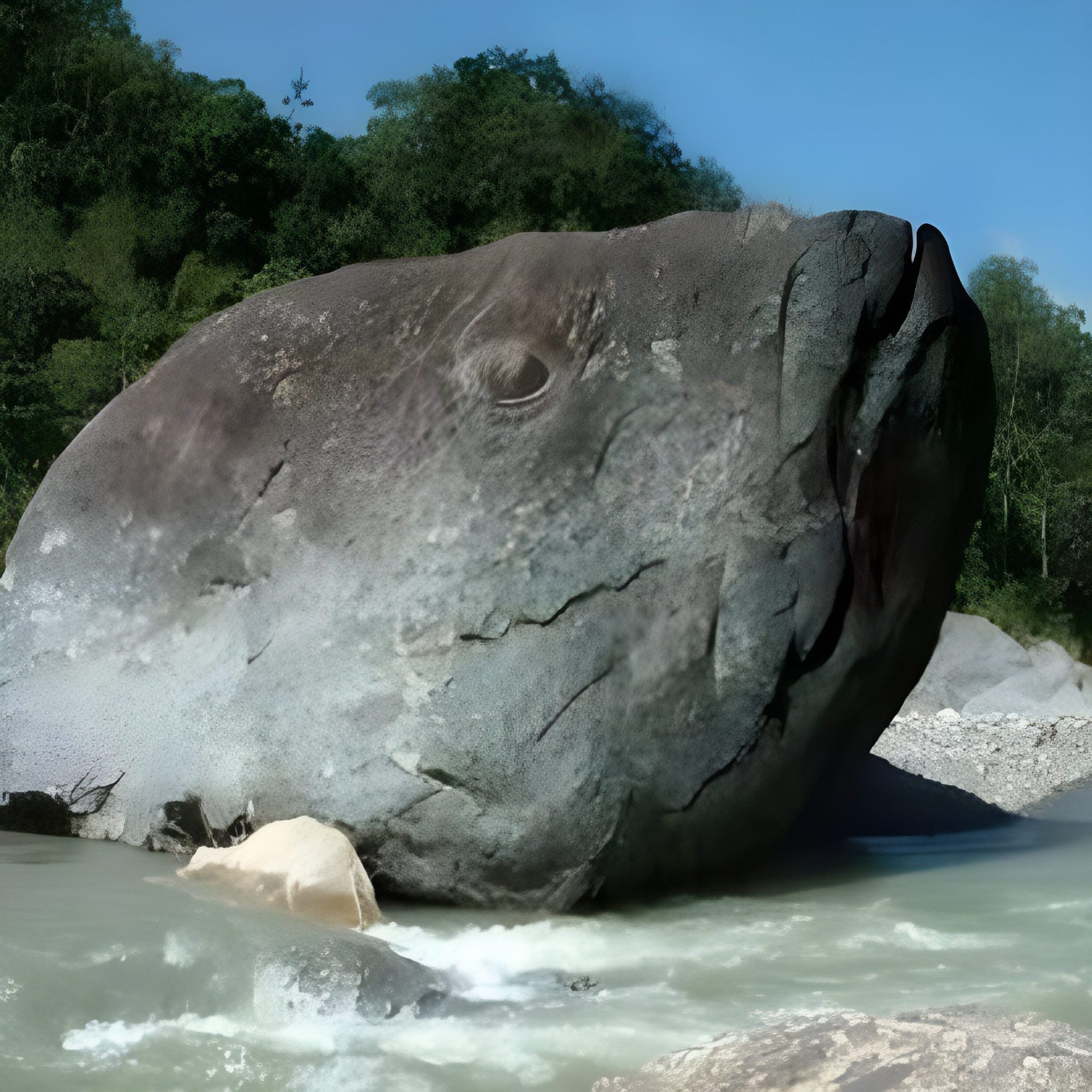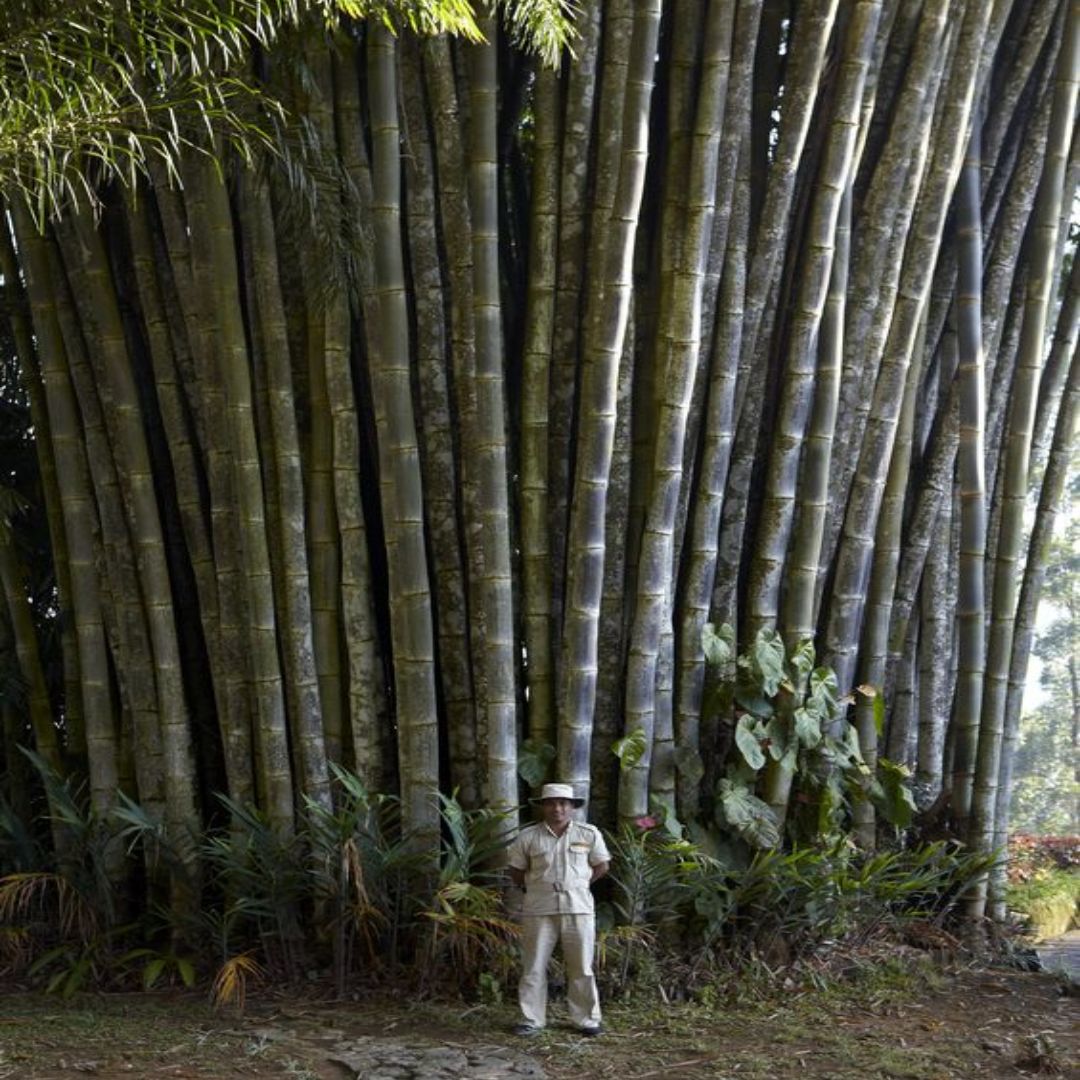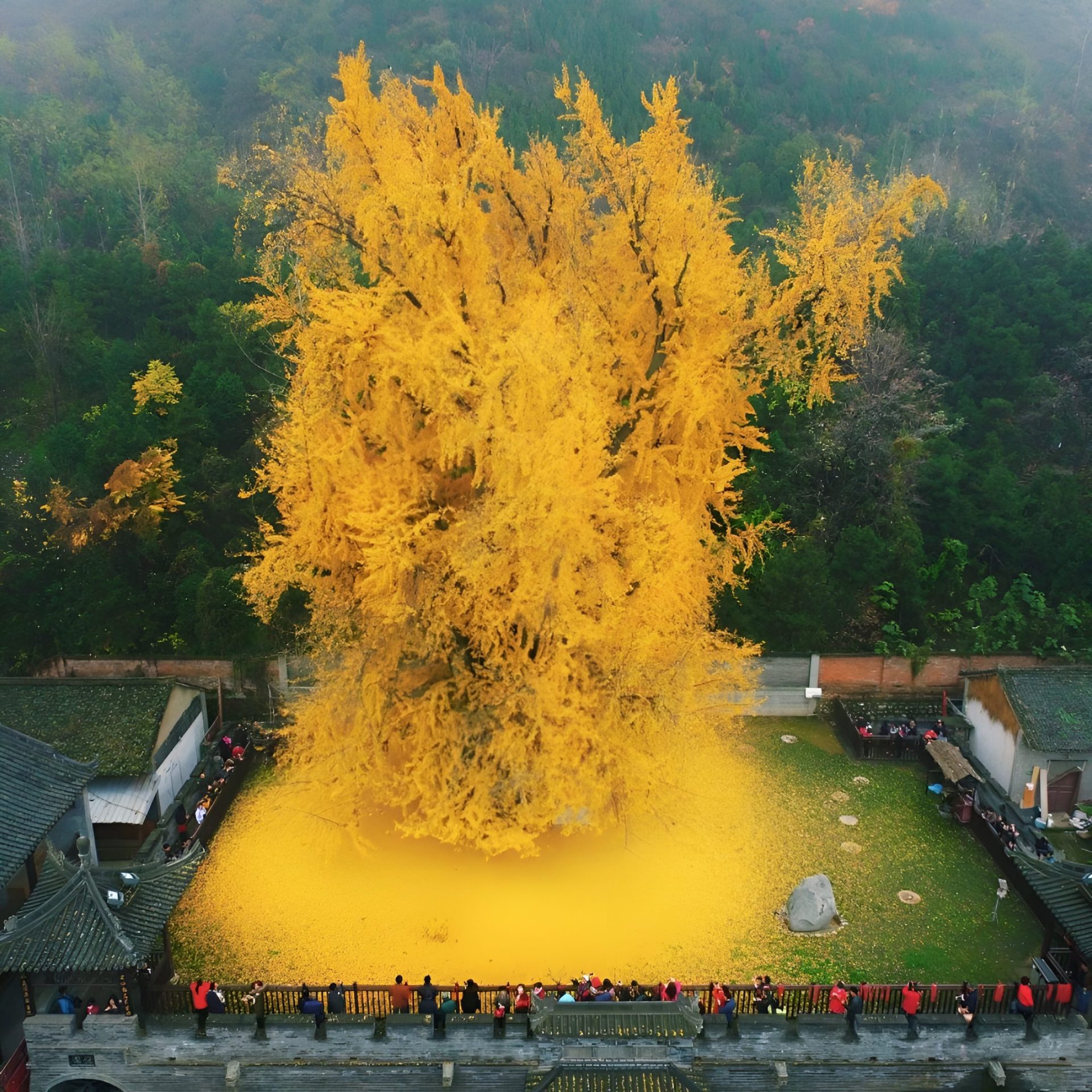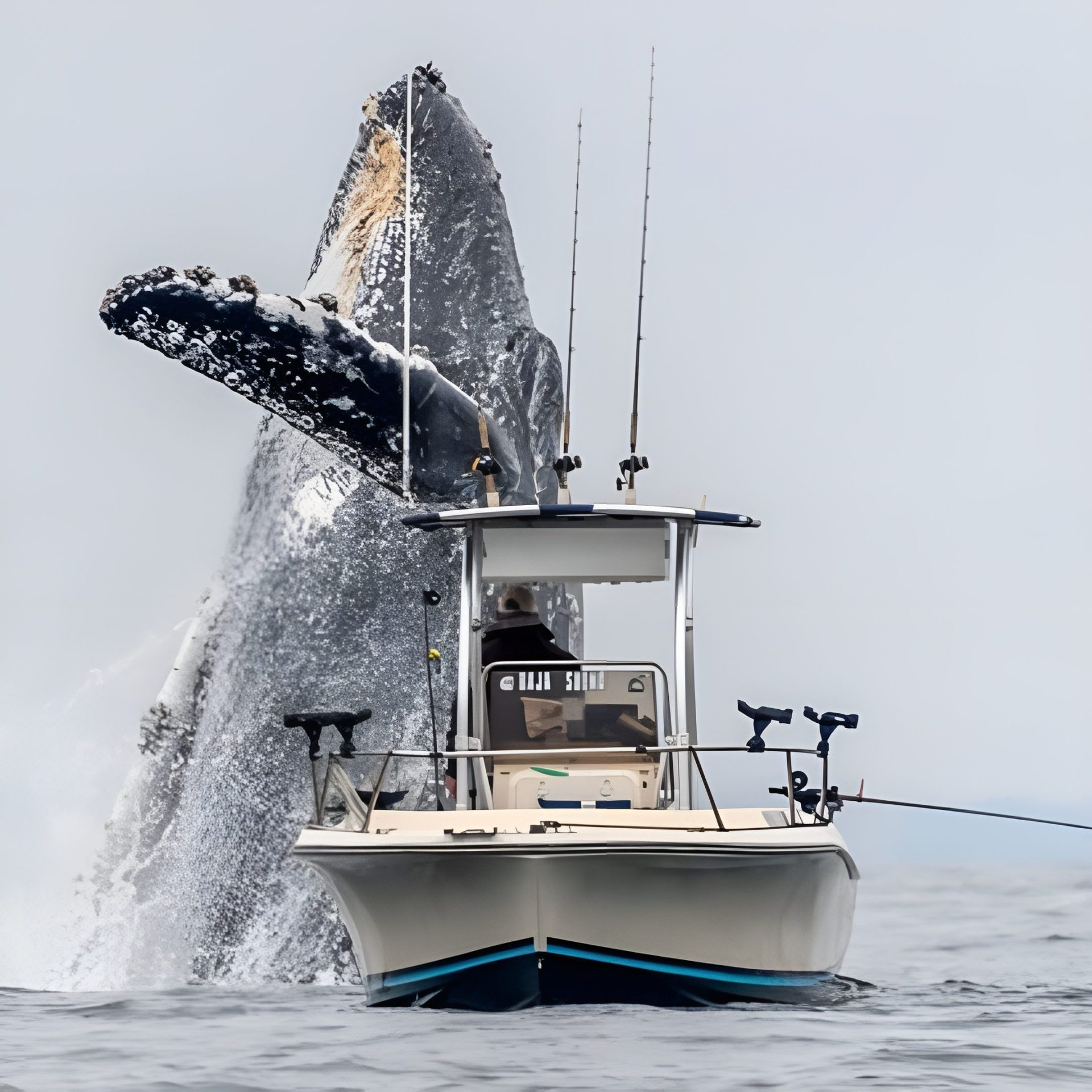Conophytum Pageae is a fascinating plant that is commonly referred to as “Lipstick Plant” due to its unique shape that resembles a pair of puckered lips. It is a small succulent plant that is native to the Northern Cape province of South Africa. Conophytum Pageae belongs to the family Aizoaceae, which is commonly known as the ice plant family. This family of plants is known for its succulent leaves, which are able to store water to survive in arid environments.

The plant was first discovered by Harry M. L. Bolus, a botanist and plant collector, in 1922. Bolus named the plant after Mrs. Page, who was a friend and supporter of his botanical work. Conophytum Pageae is a slow-growing plant that typically forms small clumps of rosettes, which can reach up to 5 cm in diameter. The leaves of the plant are grey-green and have a slightly glossy texture. The plant is very low growing, and it rarely exceeds 3 cm in height.

The most striking feature of Conophytum Pageae is its unique shape, which resembles a pair of puckered lips. The plant’s leaves are shaped like two fleshy, rounded lobes that are joined at the base, and the leaves have a deep cleft in the center, which gives the appearance of a mouth. The leaves are also slightly pointed at the tip, which adds to the overall resemblance to lips. The plant’s flowers are also quite striking, with bright pink or purple petals that bloom in the autumn.

Conophytum Pageae is a popular plant among succulent enthusiasts, and it is often grown as a houseplant or in rock gardens. The plant is easy to grow and care for, as it requires very little water and can tolerate a wide range of temperatures. It prefers well-draining soil and plenty of sunlight, but it can also thrive in partial shade.

One of the most interesting aspects of Conophytum Pageae is its ability to survive in extremely harsh environments. The plant is native to the Northern Cape province of South Africa, which is a region known for its extremely hot and dry conditions. Conophytum Pageae has evolved to be able to survive in these conditions by developing a number of unique adaptations. Its succulent leaves are able to store water, which allows the plant to survive during periods of drought. Additionally, the plant’s leaves are covered in a waxy layer, which helps to prevent water loss through evaporation.







